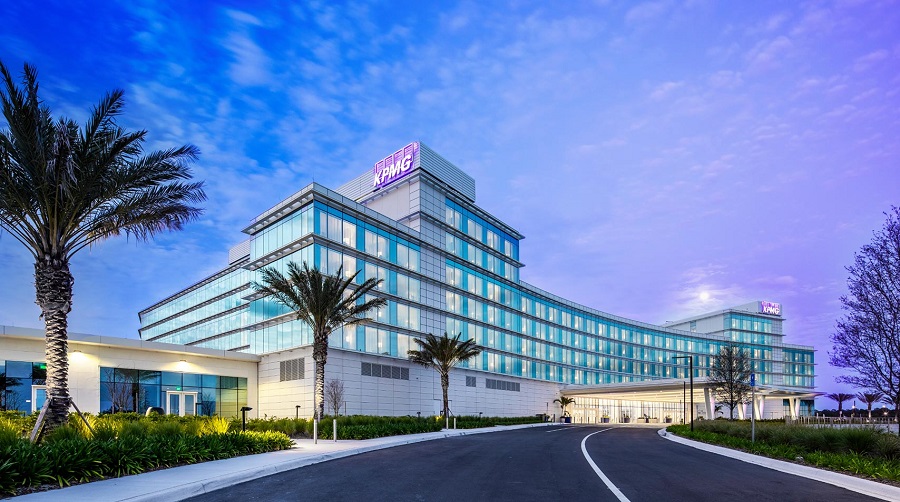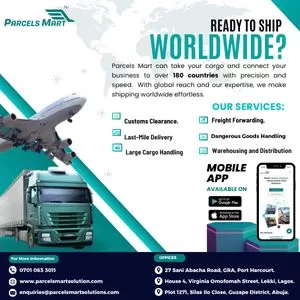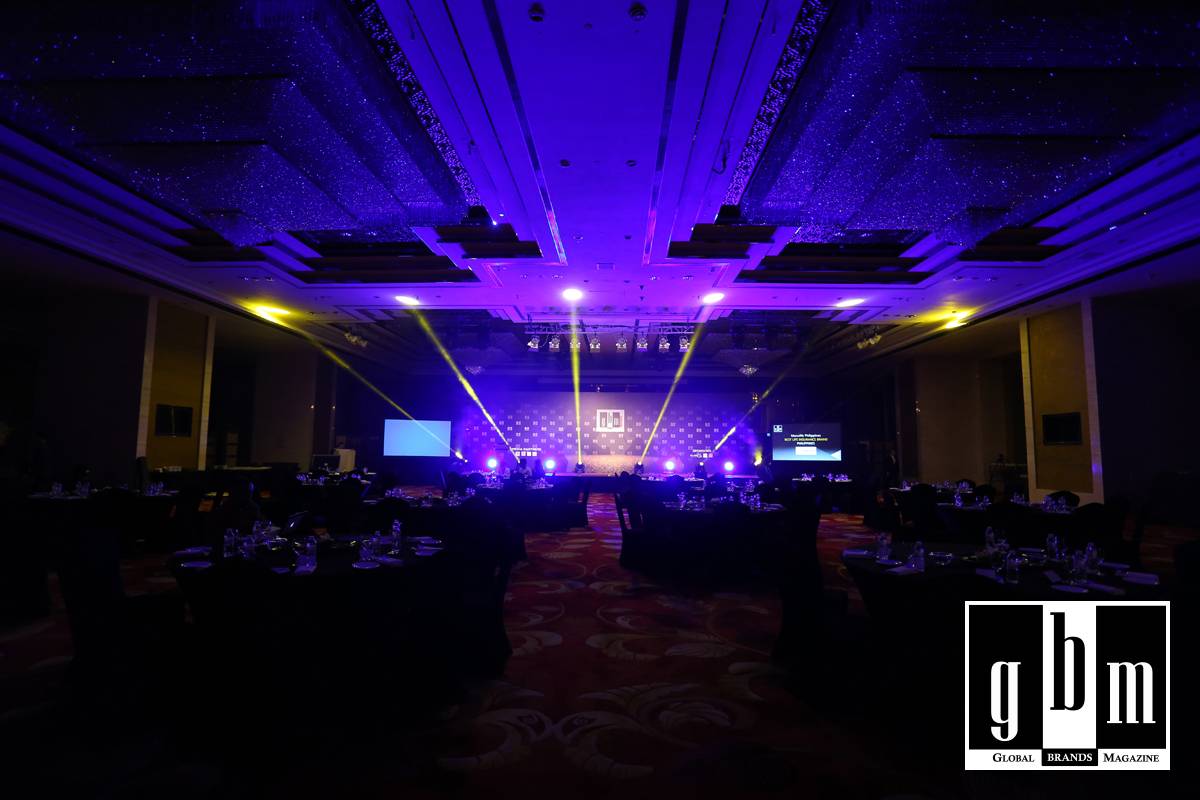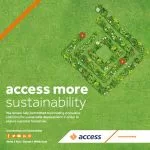Inside KPMG’s $450 Million Lakehouse: A New Benchmark for Corporate Retreats

- From the $450 million investment by KPMG in the campus spanning 780,000 sq ft of dedicated space for a retreat and training facility in Lake Nona, Florida, it intends to establish a new benchmark for corporate retreats.
- The facility supports more than 800 annual events and 17,000 employees, underscoring the increasing strategic value of physical learning environments.
Rethinking the Purpose of Corporate Retreats
In a world where employee retention, learning agility, and brand integrity are more important than ever, corporate retreats are being redefined. No longer confined to generic hotel ballrooms or hastily assembled off-site meetings, these experiences are now being designed to serve as brand environments, immersive training grounds, and talent magnets. KPMG, one of the world’s largest professional services firms and a member of the Big Four, has put a sharp point on this trend with a bold move: a $450 million investment in a purpose-built learning and retreat centre called the Lakehouse.
The KPMG Lakehouse: A Purpose-Built Environment
Located in Lake Nona, Florida, the KPMG Lakehouse is not merely a campus. It is a 55-acre environment created to accommodate over 17,000 employees annually and host more than 800 in-person events. The facility spans approximately 780,000 square feet and includes 800 guest rooms, 350 classrooms and meeting spaces, multiple dining venues, a wellness centre, and a wide array of recreational facilities such as a gym, yoga studio, and basketball court. Designed from the ground up with professional development and brand cohesion in mind, the Lakehouse represents a significant pivot in how leading companies are approaching internal engagement and leadership development.
Learning Ecosystems and Strategic Space Design
This is not KPMG’s first foray into the development of learning ecosystems. The firm has long prioritised employee training and technical education as a foundational component of its operations. What makes the Lakehouse noteworthy is its scale, sophistication, and intention. According to KPMG’s leadership, the space was created to ensure that employees at all levels experience the company’s culture, values, and capabilities in a fully immersive way.
Each component of the Lakehouse has been designed with a purpose. Meeting rooms are equipped with advanced audiovisual systems to support collaborative work and remote integration. Training content is delivered via a proprietary learning platform that allows employees to select from a catalogue of courses, making the experience more personalised and adaptive. Dining options are built around wellness principles and nutritional planning, reinforcing the connection between well-being and professional performance.
Sustainable Construction and Environmental Intent
The entire area is designed with sustainability in mind. The Lakehouse features smart HVAC systems, solar energy solutions, and environmentally certified building materials. The architectural design prioritises natural light, open space, and green views to create a calming and productive atmosphere. These features are not just aesthetic; they reflect a broader shift towards integrating environmental and social responsibility into corporate infrastructure.
Culture Through Physical Design
For KPMG, the investment is not simply about infrastructure or aesthetics. It is about using space as a medium for culture. In the words of firm leadership, the Lakehouse is designed to act as a “cultural accelerator”. This concept is increasingly common in conversations around employer branding and corporate identity. In large organisations, physical environments often become the clearest and most enduring representations of a brand’s ethos. The Lakehouse reinforces KPMG’s commitment to learning, ethics, collaboration, and client service.
Why Invest in a Physical Retreat in the Digital Era?
But why invest $450 million in a physical retreat at a time when remote work, digital learning, and hybrid models dominate the business discourse? The answer lies in the strategic value of place. According to Statista, global corporate training spending surpassed $370 billion in 2024, a figure that underscores how much organisations are willing to invest in human capital. At the same time, studies from Deloitte and McKinsey indicate that in-person learning remains more effective in specific domains, particularly leadership development, cultural onboarding, and cross-functional collaboration.
KPMG’s decision to create a dedicated retreat space reflects this insight. While digital learning platforms are excellent for technical skills and compliance training, they often fall short when it comes to building trust, emotional intelligence, and a shared organisational identity. Retreats like those hosted at the Lakehouse allow companies to build these intangibles at scale in an environment where physical presence strengthens group dynamics and cultural alignment.
A Growing Trend Among Global Brands
The same cannot be said for KPMG because this trend is not specific to KPMG. Other global brands are starting to consider the role of physical space in employee experience. Google’s Googleplex, Apple’s Cupertino campus, and McKinsey’s Capability Centres are similarly designed to integrate learning, collaboration, and culture. What sets KPMG’s Lakehouse apart is its singular focus on training and retreat, not a headquarters, not a tech park, but a dedicated site for internal development.
Training, Consistency and Culture at Scale
The need for such spaces has grown with the increasing complexity of global business. As regulatory landscapes evolve, technology develops, and client expectations grow ever more sophisticated, firms like KPMG have to ensure that their workforce is technically proficient, as well as aligned with firm-wide standards and values. It is this very kind of holistic training that an all-embracing centralised facility such as the Lakehouse offers. It ensures that the training of values can be maintained in integrity while the reinforcement of values can be accomplished, something that decentralised or virtual training programmes often find difficult.
The Symbolic Power of the Lakehouse
Beyond functional benefits, the Lakehouse also serves as a powerful symbol. It communicates to employees that their growth and experience matter. It signals to clients that the firm invests in excellence at every level. And it positions KPMG among a select group of companies that are willing to treat learning not as a compliance requirement but as a core element of brand strategy.
Retaining Talent Through Experience
The positioning is very critical in this employment market. The top talent now is looking for companies that invest in their development and provide them with a meaningful experience and a sense of belonging. Thus, the Lakehouse gives KPMG a competitive edge not only in training outcomes but also in employment branding and talent acquisition.
Applying the Lakehouse Model
For global brand leaders watching this development, the key takeaway is not necessarily to replicate the Lakehouse. Most organisations will not have the resources or scale to justify such an investment. But the principles behind it are widely applicable. Whether you are running a midsize agency or a multinational enterprise, you can draw from the Lakehouse model by:
- Prioritising physical environments that reflect your brand culture
• Creating immersive onboarding programs that go beyond orientation slides
• Designing learning experiences that feel purposeful, personal, and connected
• Using retreats as strategic moments rather than annual routines
These efforts do not require massive budgets. They require intention.
Corporate Retreats as Brand Strategy
As the boundary between work and brand experience continues to blur, corporate retreats are becoming more than just perks. They are opportunities to shape how your people think, collaborate, and represent your brand in the world. When done well, they become internal marketing channels, moments that spark loyalty, advocacy, and a deeper sense of connection.
KPMG’s Lakehouse demonstrates what happens when these ideas are scaled up with focus and funding. It is not a conference centre. It is a brand statement. It is a place where employees do not just learn; they belong.







































